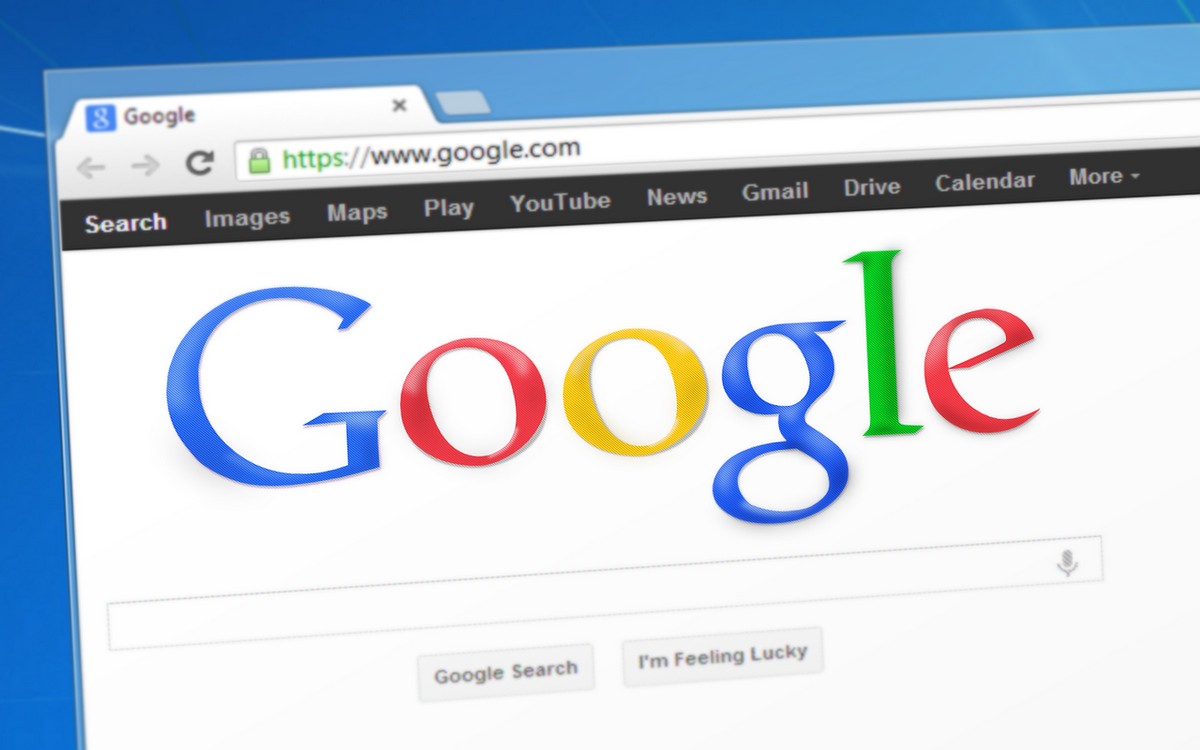18 Dec

In new SEO Mythbusting videos, Google search employee Martin Splitt talks about the SEO myths associated with crowling budgets and site load speeds.
The most important thing about crawling budgets
Google has to choose what the search engine will crawl in order to use resources wisely.
Crawler crawls news sites more often because they are updated more frequently. Accordingly, sites that are updated less frequently, the bot crawls less frequently.
Google keeps a fingerprint of the content to track when it was last updated and tries to determine whether that site requires more frequent crawling.
To track updates to sites, Google analyzes structured data and date elements.
Etag and Last-Modified headers can help the crawler track the frequency of site updates, but in general they are more cues for Google, so it can ignore them. If you change the date on the page and don’t change the content, the site won’t get crawled more often.
Only large online sites with a million URLs should worry about crawling budgets: primarily e-commerce and publishers.
If a site is not indexed, owners may think about exceeding the crawling budget, but more often than not the problem is not the crawling, but the low quality of the content.
It’s also important to make sure the servers are running smoothly and aren’t giving out error codes.
If a site has a page whose URL is not in the sitemap, Google may not immediately find it. First, the crawler will need to go to another page with a link to the new URL.
Important changes need to be made gradually. Do not change the server, content, URL, domain at the same time.
Google does not cache POST requests – it quickly wastes the crawling budget. It is worth using GET requests.
If there are pages on your site that should not be crawled, they should be blocked with robots.txt.
There is nothing you can do to get Google to crawl the site more often. If the crawler finds out that there is a lot of quality content on the page and a lot of URLs in the sitemap, it will crawl as much as it can and do the same in the future. This can end up increasing the crawling budget to the values the site owner or webmaster wants.
Key points about site load speed
Loading speed is not as important a ranking factor as many SEO optimizers think. Pages with more relevant content will rank higher in the rankings than pages with fast loading speeds.
There are many regions in the world with slow Internet. This should be kept in mind when designing websites.
On average, a web page usually weighs a few megabytes. At the same time, the recommended size is about 500 kilobytes.
There are several problematic points in the tactics of SEO specialists: for example, many people think that the minimum size pictures have a positive effect on loading speed, while sweeping away the “lazy” loading.
There is no need to get hung up on reports and recommendations from services like Lighthouse. Changes implemented as recommended by such a tool do not always result in immediate loading speeds.
Different types of devices load sites at different speeds. Therefore, do not think that the site is fast if it opens quickly on the latest model smartphone. You need to keep track of what devices your users are using to open the site, and improve the speed for them.
AMP is not a ranking factor.
AMP is important to the extent that ranking speed is important.
If there are two pages with roughly the same quality of content, the page with the higher loading speed will rank higher in search engine rankings.







